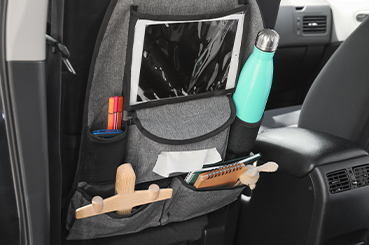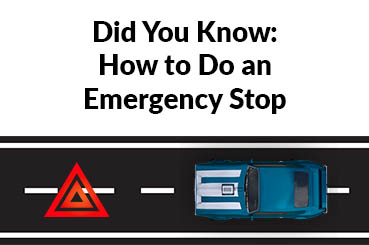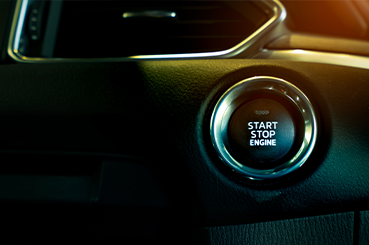Daytime Running Lights – What You Need to Know
What Are Daytime Running Lights?
Daytime running lights (DRLs) are purpose-made low-wattage lights designed to make your vehicle more visible in bright daytime conditions. They do not require manual operation as they turn on automatically when you start the engine. They are designed to be bright enough to make your vehicle more visible in daylight, but not so bright that they dazzle oncoming vehicles.
Many DRLs are built into a cars existing headlights and automatically switch off when the headlights are turned on. This is to prevent them from dazzling drivers at low light levels.
It is important to remember that DRLs do not replace your headlights and as such you must still switch your headlights on once daylight dims. It is also worth noting that most cars only come with front DRLs. This can leave a cars rear aspect more vulnerable and drivers need to be aware of this. Currently, only a handful of manufacturer’s fit rear DRLs to their vehicles.
Benefits of Daytime Running Lights
The purpose of DRLs is to make your car more visible to other road users in the daylight. This includes pedestrians and cyclists as well as other motorists. The idea is that by being more visible the chances of you having an accident are reduced.
A Canadian report from 1997 indicated a 5.7% fall in crashes in cars fitted with DRLs. However, it wasn’t until 2003 that a European investigation took place. This supported earlier findings by other countries with the drop in accidents on cars with DRLs fitted varying between five and fifteen per cent.
LED DRLs have also been utilised by car manufacturers to create creative and distinct lighting signatures, for example, Volvo’s Thor’s Hammer setup. What’s more, LED lights use very little power so are economical to run.

Cons of Daytime Running Lights
The major concern surrounding DRLs was that the brightness could potentially blind other drivers and therefore cause more accidents. In order to combat this problem countries have their own brightness regulations in place which must be adhered to.
In addition to this, some people feel that DRLs are unnecessary in the UK where we have considerably longer and brighter daylight hours than more northerly countries like Sweden. However, following a European investigation and the success of DRLs in other countries the UK Department of Transport released a statement saying they found that they effectively improved the visibility of cars in daylight. In addition, they highlighted that the evidence suggests DRLs have the potential to reduce road deaths and serious injury.
Some people also argued that the extra energy required to power additional lights was unnecessary and would lead to higher running costs. However, as mentioned many manufacturers now use LED DRLs which actually use very little additional energy.
Are Daytime Running Lights Compulsory?
DRLs are not compulsory in the UK, however, European vehicle requirements meant that after 2011 every passenger car and light goods vehicle produced had to have DRLs fitted. This was extended in 2012 to include new trucks and buses.
In some European countries, DRLs are compulsory and many of the more northerly countries introduced DRLs much earlier than the UK. In fact, it’s thought the first car to have DRLs fitted was a Volvo 240 way back in 1984.
Cars with Daytime Running Lights
Any car produced for the European market after 2011 must be fitted with DRLs, therefore the majority of new cars are already kitted out.
For anyone with a car built before 2011, it is possible to have DRLs retrofitted. Kits are available to buy, although it is necessary to get somebody qualified to fit them. This is because it is important they are wired correctly so that they come on when the engine is started and go off once the headlights are turned on.
Blog Comments
To view, comment or reply to comments you must be logged into facebook



